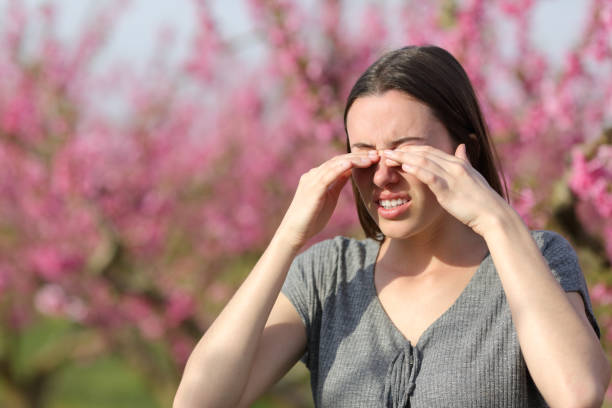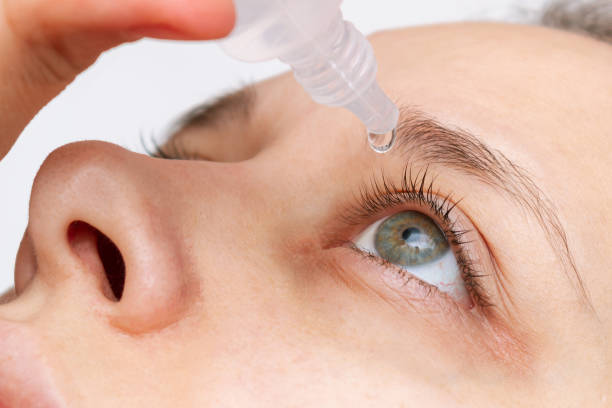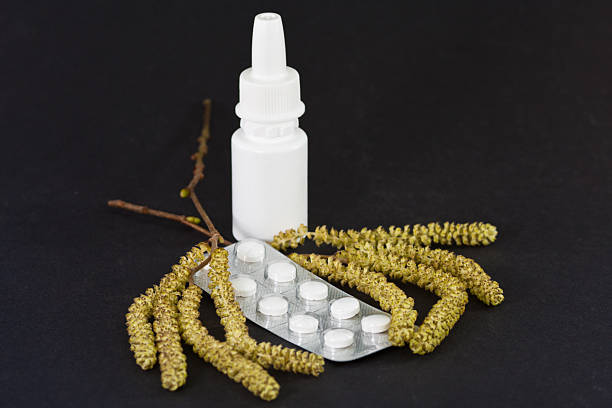By Dr. Andrea De Arcangelis, Ophthalmologist at Aventino Medical Group, Rome
Introduction
Red, watery eyes after a walk in Villa Borghese or along the Tiber may be a sign of allergic conjunctivitis. This condition affects millions of people, particularly during spring, when pollen and other environmental allergens increase exponentially. But what causes this reaction, and how can we protect our eyes? Let’s explore the symptoms, prevention strategies, and available treatments.
What is allergic conjunctivitis?
Allergic conjunctivitis is an inflammation of the conjunctiva, the thin membrane that covers the front part of the eye and the inside of the eyelids. This reaction occurs when the immune system overreacts to harmless substances, such as pollen, dust mites, animal dander, or chemicals in the air.

Main Symptoms:
- Redness of the eyes
- Excessive tearing
- Intense itching
- Sensation of a foreign body in the eyes
- Swelling of the eyelids
Causes and Risk Factors
The main causes of allergic conjunctivitis include:
- Pollen: The primary cause of seasonal allergies.
- Dust Mites: Present year-round but more intense in enclosed environments.
- Animal Dander: Dogs, cats, and other pets can trigger allergic reactions.
- Smoke and Pollution: Environmental irritants that worsen allergy symptoms.
- Cosmetics and Chemicals: Some substances in makeup or cleaning products can cause allergic eye reactions.

Diagnosis and allergy testing
For an accurate diagnosis, it is essential to consult an ophthalmologist or an allergist. The most commonly used tests include:
- Skin Tests (Prick Test): Helps identify the allergens responsible.
- Specific IgE Measurement: A blood test that detects the presence of allergic antibodies.
- Conjunctival Provocation Test: Direct application of a small amount of allergen to the eye to evaluate the reaction.
Prevention Strategies
To reduce exposure to allergens and prevent allergic conjunctivitis, several strategies can be adopted:
- Wear Sunglasses: Protect your eyes from windborne allergens.
- Avoid Rubbing Your Eyes: Contact with dirty hands can worsen irritation.
- Use Artificial Tears: Helps wash allergens out of the eyes.
- Keep Windows Closed During Pollen Season.
- Wash Your Face and Hair Frequently to remove accumulated pollen.

Available treatments
Treatments vary depending on the severity of symptoms and include:
- Antihistamine Eye Drops: Relieve itching and reduce inflammation.
- NSAIDs and Corticosteroids: Recommended in more severe cases to reduce eye inflammation.
- Ocular Decongestants: Reduce swelling, but should be used with caution.
- Specific Immunotherapy: Useful for those with persistent allergies, helps desensitize the immune system.
When to see a doctor?
If symptoms persist for more than a week or worsen despite treatment, it is advisable to consult a specialist. Allergic conjunctivitis can be confused with other eye conditions, such as bacterial infections or dry eye syndrome.

Conclusion
Allergic conjunctivitis is an annoying condition, but it can be managed with the right precautions and treatments. If you notice your eyes become red and watery with the first spring breeze, don’t ignore it—this could be the time to consult a specialist. At Aventino Medical Group, we are ready to help you see the world with clearer, more peaceful eyes – book an appointment and enjoy your walks worry-free!
👉 To learn more, we invite you to visit the Ophthalmology page, the Allergology page, and the Pediatrics page of Aventino Medical Group.
